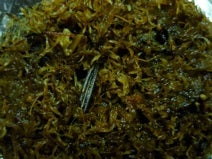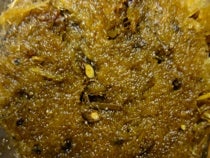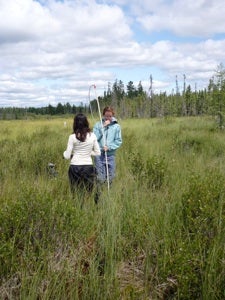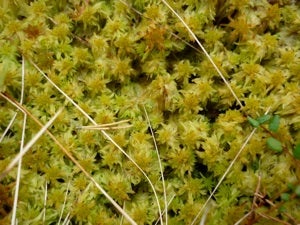Peat hydrophysical properties
Although peatlands are often thought of as relatively flat and homogeneous areas within the surrounding landscape, small topographic differences within the peatland result in microforms that vary substantially in vegetation composition and hydrology. The specific arrangement and composition of microforms within a peatland influences whole system hydrology and biogeochemistry. In order to model peatland development and function the physical, hydrological and biogeochemical properties of various microforms and peat types must be quantified.
This study focuses on quantifying hydro-physical properties such as bulk density, pore size distribution, compressibility and hydraulic conductivity at hummock and hollow microforms in a variety of Sphagnum dominated peatlands. Both laboratory and field based measurements are being utilized.

Laboratory peat samples from fen hummock

Laboratory peat samples from poor hollow

Determining hydraulic conductivity in an Alberta poor fen
Related publications:
- Branham J, Strack M. 2014. Saturated hydraulic conductivity in Sphagnum-dominated peatlands: Do microforms matter? Hydrological Processes, 28, 4352-4362, doi: 10.1002/hyp.10228.
- Kettridge N, Comas X, Baird A, Slater L, Strack M, Thompson, D, Jol H, Binley A. 2008. Ecohydrologically important subsurface structures in peatlands are revealed by ground-penetrating radar and complex conductivity surveys. Journal of Geophysical Research – Biogeosciences. 113, G04030, doi: 10.1029/2008JG000787.
- Waddington JM, Kellner E, Strack, M, Price JS. 2010. Differential peat deformation, compressibility, and water storage between peatland microforms: Implications for ecosystem function and development.Water Resources Research. 46, W07538, doi: 10.1029/2009WR008802.
- Whittington P, Strack M, van Haarlem R, Kaufman S, Stoesser P, Maltez J, Price JS, Stone M. 2007. The role of peat volume change and vegetation community on the hydrology of a kettle-hole wetland in Southern Ontario, Canada. Mires and Peat, 2, Available: http://www.mires-and-peat.net.
Ecohydrology of Sphagnum moss
Sphagnum moss is the main peat-forming species in many boreal peatlands. As a non-vascular species, water supply to the photosynthetic surface is controlled by capillarity. Moisture content of the moss is closely linked to carbon exchange, however, hydrologic linkages between the atmosphere, Sphagnum layer and underlying peat soil are not well-quantified.
This research investigates moisture controls on Sphagnum moss carbon exchange and relationships between moss moisture content and the hydrology of the underlying peat.

Sphagnum moss
Related publications:
- Strack M, Waddington JM, Lucchese MC, Cagampan JP. 2009. Moisture controls on CO2exchange in a Sphagnum-dominated peatland: Results from an extreme drought field experiment. Ecohydrology, 4, 454-461, doi: 10.1002/eco.68.
- Strack M, Price JS. 2009. Moisture controls on carbon dioxide dynamics in peat-Sphagnum monoliths. Ecohydrology, 2, 34-41, doi: 10.1002/eco.36.
- Taylor, N., Price, J.S., Strack, M. in press. Hydrologic controls on productivity of regenerating Sphagnumin a cutoverpeatland, Ecohydrology, accepted October, 2015